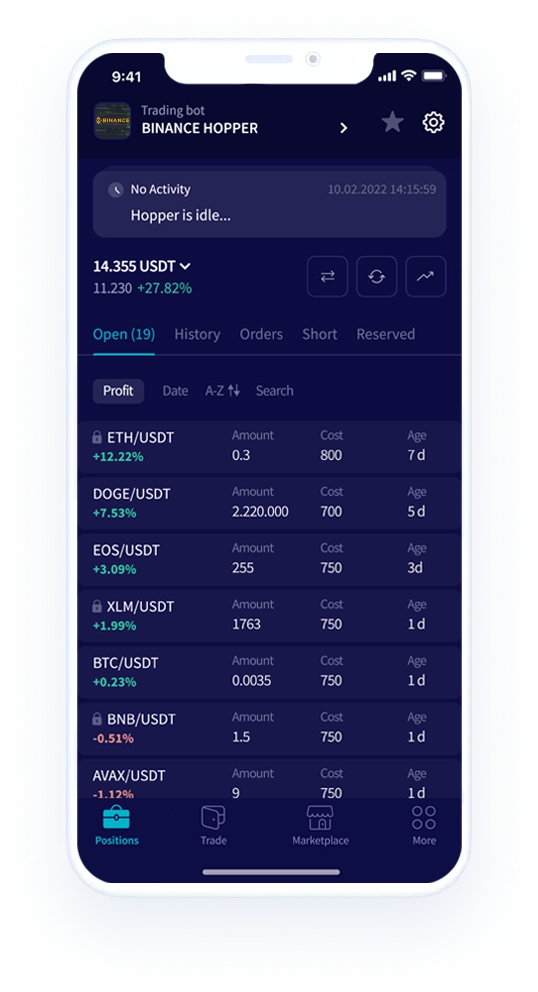President Trump's tariff policies are creating significant economic challenges, with emerging stagflation risks threatening both traditional markets and cryptocurrency valuations amid complex Federal Reserve policy considerations.
The Institute for Supply Management's latest services data has raised critical economic alarms. July's US Services PMI came in at 50.1, barely above the expansion threshold and falling short of expectations. This marginal growth masks deeper economic complications, with the employment index dropping to 46.4 - its lowest point since March - while the price index surged to 69.9, the highest since October 2022.
Indicators Show Potential Stagflation
These indicators paint a troubling picture of potential stagflation, where economic growth stagnates while prices continue to rise. For policymakers, this creates an impossible dilemma: fighting unemployment while controlling inflation becomes increasingly challenging.
Financial markets immediately reflected these concerns. The Dow Jones fell 61.90 points, the SP 500 dropped 30.75 points, and the Nasdaq declined 137.03 points. Bitcoin also experienced a approximately 1% decline, highlighting the cryptocurrency market's sensitivity to broader economic indicators.
Market expectations for Federal Reserve policy have shifted dramatically. The CME Group's FedWatch tool now anticipates two 25-basis-point rate cuts in September and October, down from previous expectations of three cuts. The probability gap between a rate hold and cut in December has narrowed to just 2%, underscoring the economic uncertainty.
Since the GENIUS Act's passage on July 18, Bitcoin has shown increased sensitivity to economic data, with most altcoins closely tracking its movements. The potential for sustained stagflation could significantly impact cryptocurrency valuations, creating a complex environment for investors.
Bottom Line: The confluence of tariff policies, slowing service sector growth, and rising prices presents a challenging economic landscape. Investors and policymakers alike are closely watching how these dynamics might unfold, with potential implications for both traditional and digital asset markets.

